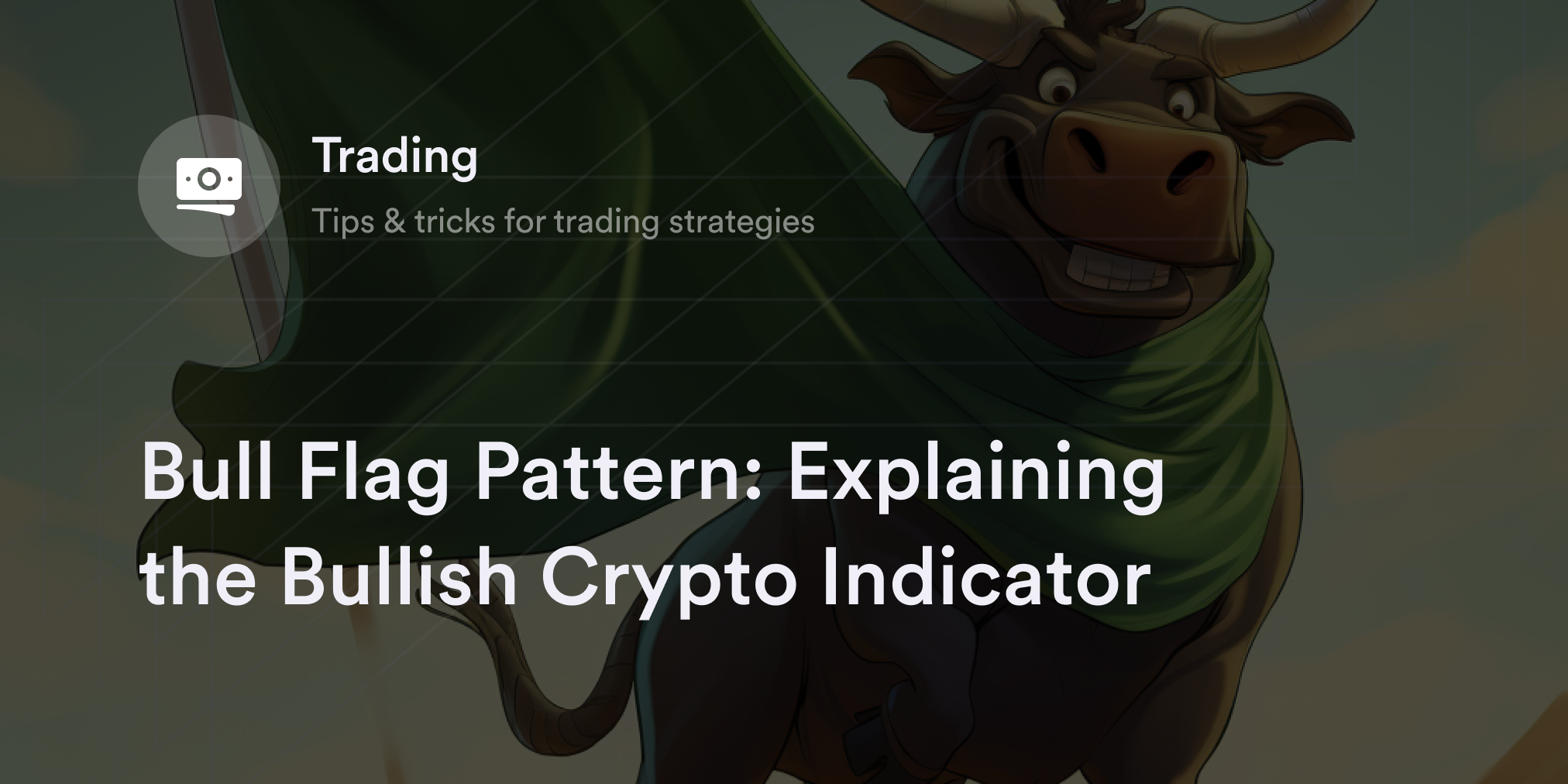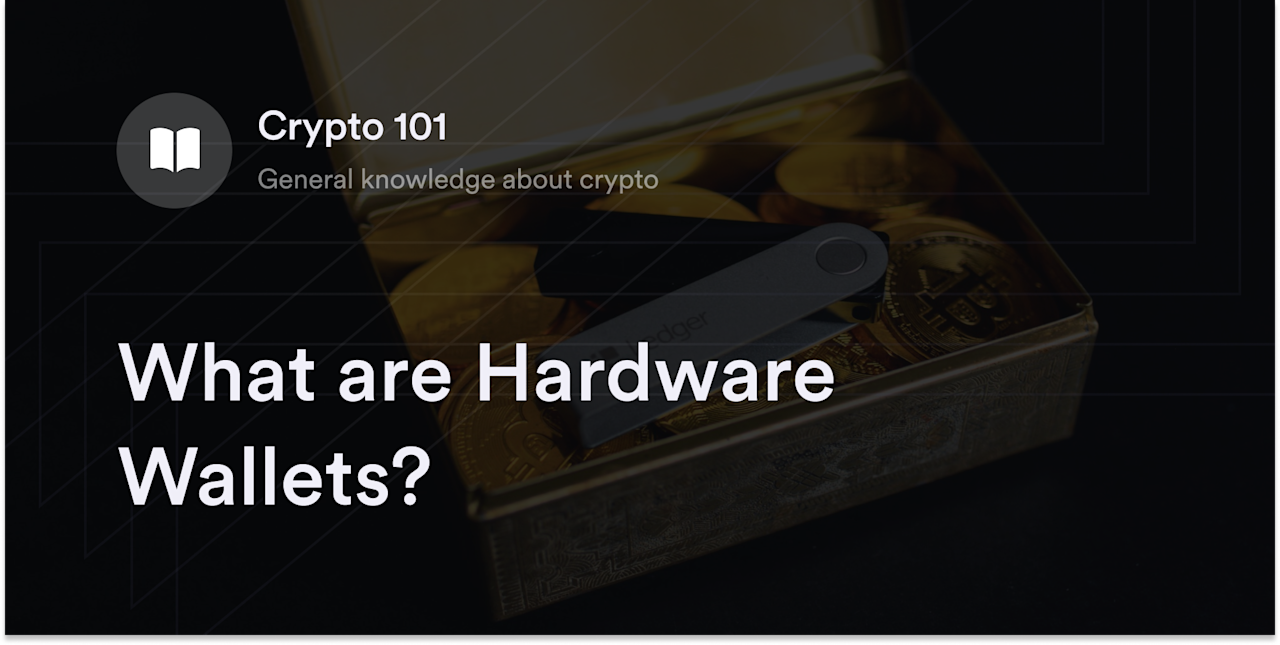


Buying volatile cryptocurrencies for retirement still isn’t the norm, but surveys suggest more traders are squirreling away satoshis for their golden years. For example, data from Bitcoin IRA shows at least 80% of people in the U.S. are considering adding cryptocurrency exposure to their retirement savings. In fact, some studies indicate that 44% of crypto traders already park part of their long-term funds into cryptocurrencies like Bitcoin (BTC) and Ethereum (ETH).
As demand for digital assets increases, more businesses like iTrustCapital, Equity Trust, and BitIRA are rolling out easier ways for clients to add crypto to their retirement portfolios.
For traders who believe in the future of the crypto market, Bitcoin IRAs appear to be common; however, there are a few drawbacks associated with these accounts. This article will help you understand what crypto IRAs are, how they work, and if they’re an option for your retirement.
What are crypto IRAs?
Short for cryptocurrency individual retirement accounts, crypto IRAs are tax-advantaged retirement accounts that allow U.S. citizens to buy crypto for their long-term savings.
The U.S. government introduced IRAs in 1974’s Employee Retirement Income Security Act (ERISA), and more than $11 trillion is now invested in IRA plans. To encourage people to set aside funds for their future, IRAs offer tax incentives for buying or liquidating assets and carry penalties for early withdrawal (before the age of 59½).
Cryptocurrency IRAs fall into a subcategory called self-directed IRAs, which offer traders access to non-traditional IRA asset categories. Since the Internal Revenue Service views crypto as an alternative asset class, financial firms can’t offer them in standard IRAs alongside regulated paper assets like stocks, bonds, and exchange-traded funds (ETFs). Self-directed crypto IRAs must meet specific legal standards in accordance with IRS rules while offering clients access to virtual currencies.
How do crypto IRAs work?
When people open a self-directed crypto IRA, they’re free to buy any crypto asset that’s available through their provider’s trading portal. However, unlike buying coins on a cryptocurrency exchange, crypto IRA holders have a cap on the amount of money they’re allowed to invest annually. That’s because the IRS adjusts its limits each year, and as of 2023, the max annual IRA contribution is $6,500 (or $7,500 for people aged above 50).
Crypto IRA holders must rely on third-party financial firms or regulated custodians to secure digital assets rather than self-custodial digital wallets. Additionally, if a purchaser withdraws their crypto IRA holdings before turning 59½, they pay penalties to the IRS.
Although crypto IRAs have unique restrictions, there are tax benefits to purchasing digital assets with an IRA. For instance, with a tax-deferred traditional IRA plan, traders take tax deductions on every contribution they make throughout the year, and they don’t pay capital gains tax until they hit withdrawal age. Conversely, an investor with a Roth crypto IRA doesn't claim tax deductions on capital gains, but they enjoy tax-free withdrawals at retirement age.
Pros and cons of crypto IRAs
Crypto IRAs are for people who believe the far-off future for cryptocurrency prices is bright, but they may not be the right solution for every HODLer’s portfolio. For some crypto traders, the tax benefits of a crypto IRA aren’t worth the restrictions and inconveniences.
Pros of crypto IRAs
Diversifies a retirement investment portfolio: People open crypto IRAs primarily to add virtual currency exposure to their retirement savings. Crypto IRA platforms make it simple for non-crypto-native traders to put funds to work in this hi-tech asset class.
Includes capital gain tax advantages: Crypto IRA holders enjoy tax deductions on contributions with a tax-deferred traditional IRA or tax-free withdrawals with a Roth IRA. Professional self-directed IRA platforms also send policyholders the necessary paperwork for straightforward capital gains tax filings.
Offers an easy setup procedure: Each self-directed IRA provider has a different signup process, but most make joining their platforms with online registration simple. After entering personal and financial details, users can make their first deposit or rollover funds from a pre-existing IRA.
Provides insurance and customer service: Cryptocurrencies don’t qualify for federal protections like FDIC insurance, but some self-directed IRA providers have policies to protect clients in case of a security issue or hack. Self-directed IRA companies also typically have a Contact Us page with customer care agents ready to address questions or concerns.
Cons of crypto IRAs
No direct access to cryptocurrencies: People who buy cryptocurrency through a self-directed IRA don’t own their coins or tokens in a private wallet. Instead, the IRA provider stores every client’s digital assets in its database or with a third-party custodian. Although IRA firms often use hi-tech security to prevent data breaches, this storage method involves counterparty risk.
Extra fees: Although self-directed IRAs aren’t taxed like trading on a crypto exchange, providers often charge trading fees or commissions for using their services. Traders looking to open a crypto IRA should factor in the average fees to their potential earnings.
Limited contribution: There’s a limit to how much IRA holders are allowed to invest in their favorite crypto assets each year. Traders interested in more significant positions in the crypto market typically don’t like the contribution cap in IRA plans.
Increased odds of price volatility: Cryptocurrencies have a strong reputation for unpredictable and dramatic price swings, making them a riskier option for retirement savings. Also, since crypto has only been around since Bitcoin’s founding in 2009, IRA holders must feel comfortable buying one of the newest and more experimental asset categories.
How to open a crypto individual retirement account: Tips for finding the crypto IRA companies
If you’re interested in opening a crypto IRA account, you should first research competing self-directed IRA providers to find an ideal match per your preference. A quick online search of crypto IRA companies reveals dozens of prominent names in the industry. Some famous names include iTrustCapital, BitcoinIRA, and BitIRA.
Next, read plenty of reviews on different Bitcoin IRA sites and look at each company’s fee schedule, available cryptocurrencies, and security standards to narrow down the most attractive options. After choosing from a shortlist of crypto IRA providers, visit the company’s official website or call its number to set up an account. Typically, self-directed IRA companies ask for the following details when setting up an IRA:
Full name
Home address
Phone number
Email address
Social security number
Once a traditional or Roth IRA provider approves your information, link a bank account to transfer funds into your IRA. Note that many self-directed IRA companies also let clients roll over a pre-existing retirement plan to fund their accounts. For example, if you already have a 401(k) or SEP IRA from your employer, transferring these funds into a crypto IRA investment is usually possible. Work with the self-directed IRA’s staff to fill out and submit the proper paperwork to rollover funds from other retirement accounts.
After all the funds successfully enter your IRA, submit a transaction on any available cryptocurrencies up to your yearly contribution limit. And don’t forget to frequently monitor the market value of your cryptocurrency investment. Another important point: To avoid paying a penalty, don’t withdraw funds until you’re 59½.
Consider putting crypto perpetuals in your portfolio
Did you know traders with crypto IRAs sometimes use derivatives like perpetuals to preserve their purchasing power? Since perpetuals don’t have an expiry date, it’s simple for eligible traders to hedge their long-term cryptocurrency positions during bear markets or short-term corrections. dYdX offers eligible traders a suite of perpetual contracts to choose from, including Bitcoin, Ethereum, and dozens of altcoins, on our industry-leading decentralized exchange.
For more details on how dYdX works, check out the latest updates on our blog. Also, be sure to follow dYdX Academy for more guides on crypto trading techniques and products like perpetuals.
Eligible traders can start trading on dYdX today!
Disclosures
The content of this article (the “Article”) is provided for general informational purposes only. Reference to any specific strategy, technique, product, service, or entity does not constitute an endorsement or recommendation by dYdX Trading Inc., or any affiliate, agent, or representative thereof (“dYdX”). Use of strategies, techniques, products or services referenced in this Article may involve material risks, including the risk of financial losses arising from the volatility, operational loss, or nonconsensual liquidation of digital assets. The content of this Article does not constitute, and should not be considered, construed, or relied upon as, financial advice, legal advice, tax advice, investment advice, or advice of any other nature; and the content of this Article is not an offer, solicitation or call to action to make any investment, or purchase any crypto asset, of any kind. dYdX makes no representation, assurance or guarantee as to the accuracy, completeness, timeliness, suitability, or validity of any information in this Article or any third-party website that may be linked to it. You are solely responsible for conducting independent research, performing due diligence, and/or seeking advice from a professional advisor prior to taking any financial, tax, legal, or investment action.
You may only use the dYdX Services in compliance with the dYdX Terms of Use available here, including the geographic restrictions therein.
Any applicable sponsorship in connection with this Article will be disclosed, and any reference to a sponsor in this Article is for disclosure purposes, or informational in nature, and in any event is not a call to action to make an investment, acquire a service or product, or purchase crypto assets. This Article does not offer the purchase or sale of any financial instruments or related services.
By accessing this Article and taking any action in connection with the information contained in this Article, you agree that dYdX is not responsible, directly or indirectly, for any errors, omissions, or delays related to this Article, or any damage, injury, or loss incurred in connection with use of or reliance on the content of this Article, including any specific strategy, technique, product, service, or entity that may be referenced in the Article.







